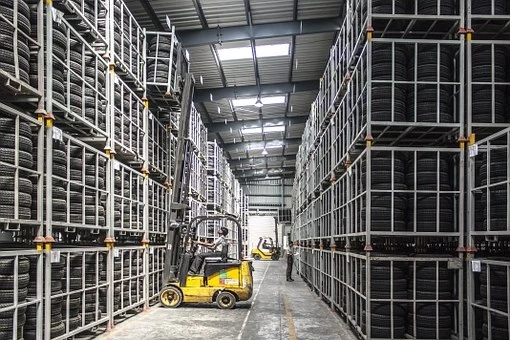
The Internet of Everything not only connects the devices together, but also promotes the interconnection between equipment suppliers. After all, compared with the difficult creation of "all-round people", "let professional people do professional things" is significantly more efficient. Therefore, in recent years, the concept of the ecosystem has developed in full swing in the manufacturing industry and has become a "circle of friends". Complementary technologies, project docking, industry expansion...all because the ecosystem has become easier, and the concept of the ecosystem is manufacturing different links In the process of sinking, more unexpected unfolding forms were also obtained.
"Ideal is full, the reality is very skinny"Not long ago, CEMAT AISA 2020 was opened in Shanghai, gathering many logistics industry equipment and solution manufacturers, and also attracted a considerable number of users in the manufacturing industry. While appreciating the cool and grand display, many manufacturers have very limited knowledge of smart logistics. Wang Gong, the person in charge of the logistics project of a home appliance manufacturer, said frankly during the visit: “Our factory is considered to have done logistics optimization earlier. These equipments are not well understood, and there are no successful cases to learn from. I found that a lot of work needs to be done. It is necessary to sort out the production line, but also to spend energy on data migration, and then purchase equipment one by one to do the docking. Hard work.” In fact, the company's demand for introducing smart logistics equipment is straightforward: how much capacity can be increased? How much is the energy consumption reduction? What is the input-output ratio? But it is obviously not that simple to implement.
In the actual landing process, the complicated on-site situation made the problem worse. "There are too many problems. For example, there are some old factories in the factory area that are relatively small, and there is no robot channel at all, and the entire factory uses logistics equipment. There are many types, and the series connection of equipment of different brands is also a problem." Wang Gong said, "On the one hand, we hope that logistics equipment manufacturers can give advice based on our situation. On the other hand, how to connect the equipment in series and seamlessly integrate into production. The line is also our key consideration." In addition to the equipment itself, this also poses a challenge to the integration capabilities of equipment suppliers. The industrial logistics ecosystem makes it possible to solve this problem.
















 RCCN WeChat QrCode
RCCN WeChat QrCode Mobile WebSite
Mobile WebSite